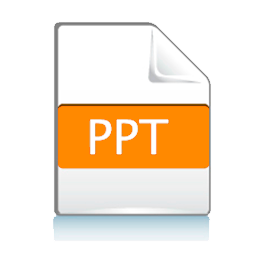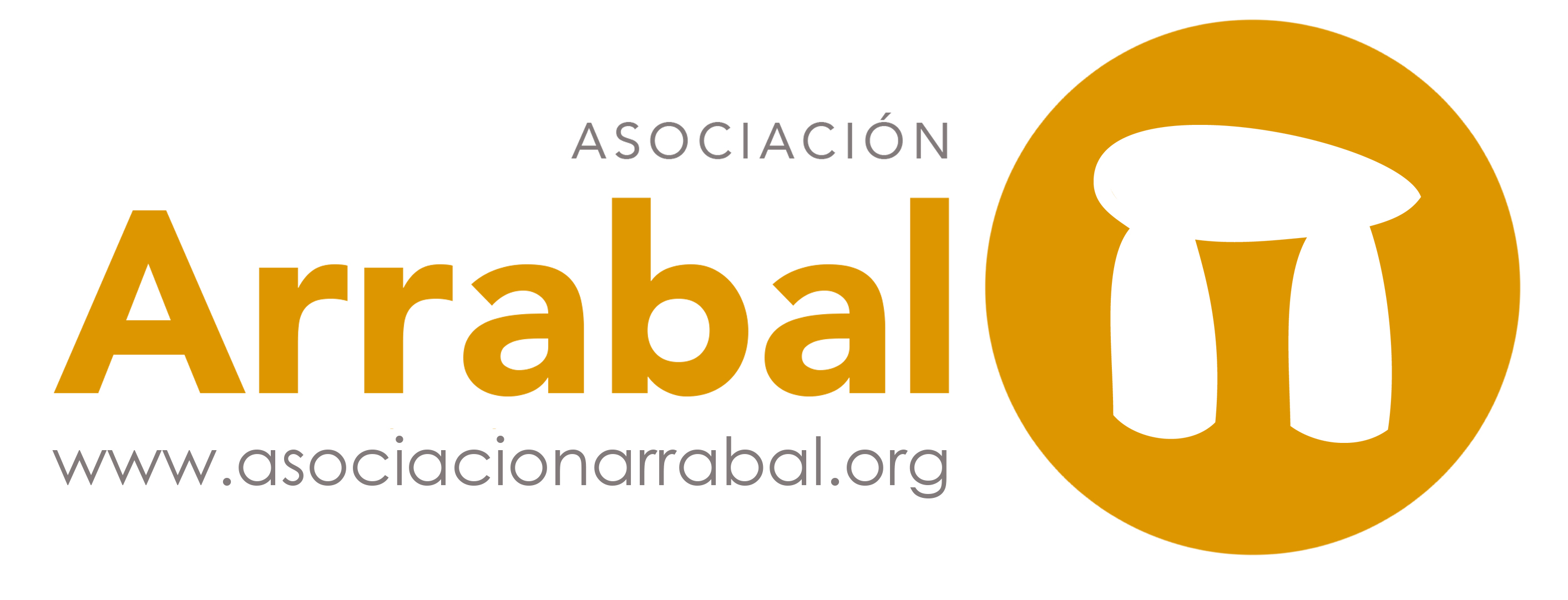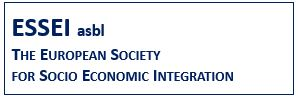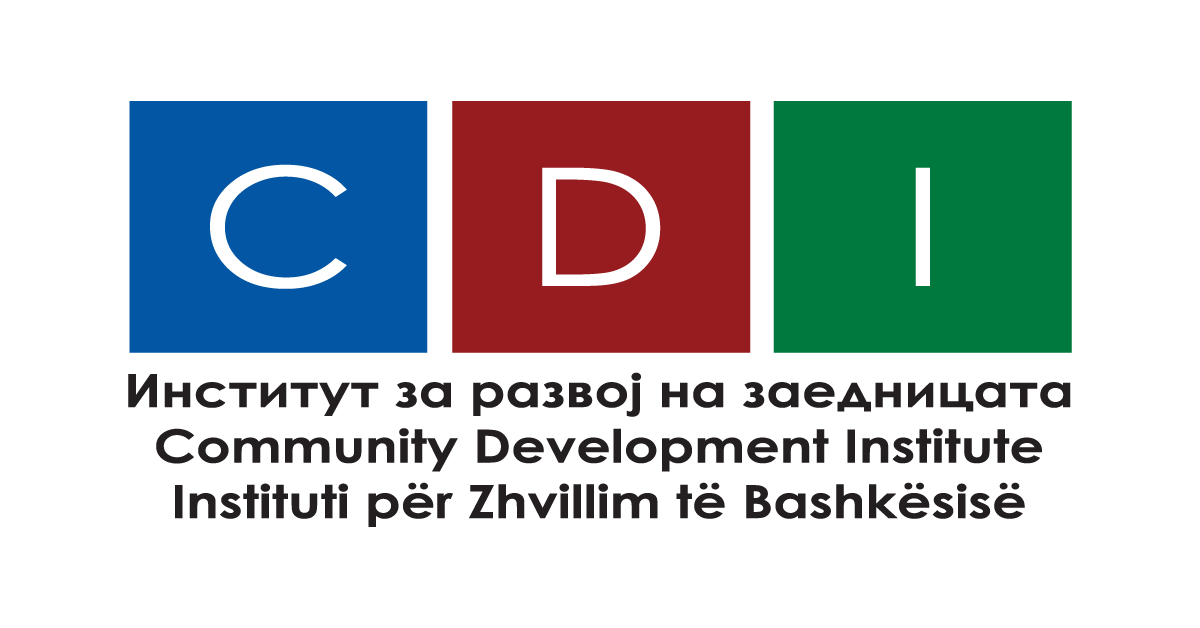Phishing: Phishing is a type of social engineering where an attacker sends a fraudulent message designed to trick a human victim. These messages are designed to trick you into revealing personal information by pretending to be from a trusted source. The messages may come from people claiming to be a friend of yours or a known company. Never share confidential information and never click on a suspicious-looking web link.
Psychological hacking: Psychological hacking is the process of obtaining confidential information from a person through trickery. The fraudster may start a conversation about things they read on your profile, such as where you work, etc. They then try to get you to reveal personal information, similar to phishing.
Malware: Malware is malicious software designed to infiltrate devices. It circulates on social networks as links with catchy titles. Once the malware is infiltrated, it can send messages to contacts, access personal information, or damage the device. Caution should be exercised when tempted to click on a link from an unknown source.
Hate speech: Hate speech is common on social networks because its authors can remain anonymous. It can happen that you receive hate speech, sometimes without any network, so it is important to detach yourself from it and not hesitate to report it as unwanted and malicious content.
Cyberbullying: is bullying that takes place over digital devices like cell phones, computers, and tablets. Cyberbullying can occur through SMS, Text, and apps, or online in social media, forums, or gaming where people can view, participate in, or share content. Cyberbullying includes sending, posting, or sharing negative, harmful, false, or mean content about someone else. It can include sharing personal or private information about someone else causing embarrassment or humiliation. Some cyberbullying crosses the line into unlawful or criminal behavior.
Ageism online: Ageism refers to the stereotypes (how we think), prejudice (how we feel) and discrimination (how we act) towards others or oneself based on age. Ageism affects everyone. Children as young as 4 years old become aware of their culture’s age stereotypes. From that age onwards they internalize and use these stereotypes to guide their feelings and behavior towards people of different ages. They also draw on culture’s age stereotypes to perceive and understand themselves, which can result in self-directed ageism at any age. Ageism intersects and exacerbates other forms of disadvantage including those related to sex, race and disability.
What to watch out for to avoid Facebook Scams:
• People you don't know personally asking you for money or your bank details.
• Unverified Pages claiming to represent a large organization or public figure.
• People who ask you to continue your conversation outside of Facebook, in a less public or less secure setting, such as a separate email address.
• People asking you to send them your bank details in order to receive a reward.
• Anyone claiming to be a friend or relative of yours in distress.
• People who lie about where they live.
• Posts or publications containing spelling mistakes and grammatical errors.
• People or accounts that redirect you to a Page to claim a prize


 Play Audio
Play Audio 
















